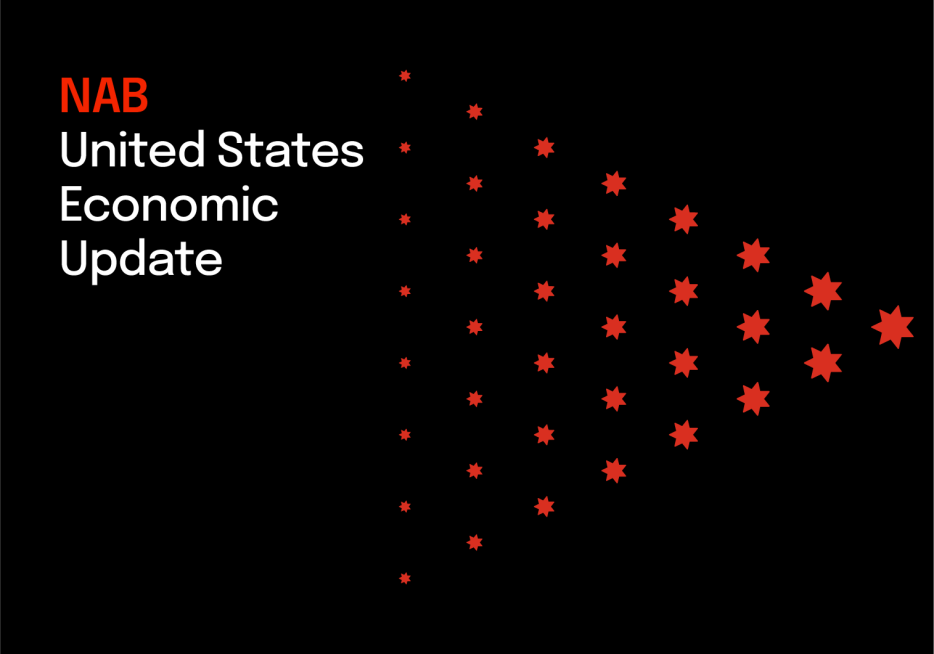US Fed – September cut but still see gradual easing


Insight
With the US out for Labour Day and not a lot of economic data elsewhere, it was a relatively quiet night. Market moves were somewhat restrained, awaiting guidance from the upcoming FOMC meeting (next week) and how China’s economy deals with the current uncertainty.

With the US out for Labour Day and not a lot of economic data elsewhere, it was a relatively quiet night. Market moves were somewhat restrained, awaiting guidance from the upcoming FOMC meeting (next week) and how China’s economy deals with the current uncertainty. We are no closer to finding out, which left markets in limbo yesterday. It might be a little more of the same today, with only limited news flow expected.
For completeness, the Shanghai equity market, which remains under the spotlight internationally at present, ended the day -2.52%, after a mixed session. Australia continues to take its guide from here, ending the day -0.2% (most of China’s decline was toward the end of the day, after Australia’s bourses had closed). But, the European markets were fairly comfortable with the guide from the East, managing small gains. GBP was the best currency performer on the back of M&A news. The AUD was mostly flat, remaining under 0.70.
China released its FX reserves data, which showed a $94bn decline in August. This was around expectations, and one of the biggest declines on record; continuing the declining trend. The decline is due to capital outflows and subsequent currency intervention to smooth the CNY’s depreciation. China is not alone in this, it is occurring across the EM universe as funds flow out. It is just that China is by far the largest of all the official reported FX reserve managers.
We have brought up the issue of declining global FX reserves but it bears repeating. Similar to the periods of large reserve accumulation, these moves can and do have strong influences on currency, and potentially bond, markets. As the pool of reserves declines, like any asset manager, the existing pools will need to be rebalanced- either now or at a later date. With FX reserves no longer fully USD based, that means buying USD and selling the other currencies in the basket: EUR, GBP, and JPY but also AUD, CAD and smaller currencies. That might be a trend to watch out for if global FX reserves continue to decline. And is why these numbers are getting so much attention at present.
Today is busier on the calendar than yesterday. The US is back from its long weekend, China releases more data and there are some updates from Australia.
Locally, the RBA’s Lucy Ellis gives a speech on the property market. The market will be watching for any changes in concern level regarding housing; either to the up or the down side. The NAB business survey is then released, and it had showed a more positive outlook in the last survey.
Probably more importantly, for global sentiment but also possibly for Australia, is the China trade data. This should show an okay headline trade surplus, but the devil is in the detail. Export and import growth is expected to remain negative for year-on-year growth. A slight improvement on the decline in exports, but imports should maintain its slump. That doesn’t suggest a rosy outlook for Australia, no matter what the headline surplus says.
World trade data slowed in the first half of 2015, and while there was a modest increase in the June numbers, the more recent readings from China and the recent industrial production data doesn’t’ point to a strong upswing anytime soon. Note Germany’s IP was soft again overnight. For small, open economies this is not great news. And it is for that reason that Australian markets are likely to respond relatively strongly to the Chinese data today.
In the US we get the NFIB small business survey. That rose in importance for a small while, as Fed Chair Yellen pointed it out as a favoured series. However, with the shift from employment to inflation, this series is likely to have slipped back to being a more minor economic release.
The latest (and last before the blackout) from the Fed comes tomorrow morning in the guise of Fed President Kockerlakota. Kocherlakota is a known dove and not voting soon, so unless the market is particularly skittish it is hard to say that there should be much to the speech. But, there is presently some confusion in the market as to what to think about the Fed’s next move. And what economist doesn’t like the two-handed approach at a time like this. On one hand, the US data is almost meeting the criteria for a hike, the Fed have said they want to and the window to achieve ‘lift-off’ is potentially narrowing. On the other hand, the global outlook is a little shaky and while it isn’t completely clear there is something substantial to worry about, the prospect of concern hovers. This means markets are likely to pay even more attention to all speakers, and pricing for a hike to swing around.
On global stock markets, the S&P 500 was closed; the DAX was up +0.7%. Bond markets saw US 10-years closed while Bunds 10 yr was at 0.67 +0.7bps. On commodity markets, Brent crude oil -3.99% to $47.63, gold-0.2% to $1,118, iron ore +0.6% to $56.85. AUD is at 0.6925 and the range was 0.6896 to 0.695.
For full analysis, download report:
For further FX, Interest rate and Commodities information visit nab.com.au/nabfinancialmarkets
© National Australia Bank Limited. ABN 12 004 044 937 AFSL and Australian Credit Licence 230686.